AO Edited
Happy Jack Chalk Mine
After sitting abandoned for decades, this historic mine is now the only publicly accessible chalk room and pillar mine in North America.
The late 1800s brought a lot of change to central Nebraska’s North Loup Valley. This was the era that the first non-Indigenous residents began making their way to the region, trying to make new lives in an unfamiliar land, and in 1872, a group from Wisconsin established their first settlement. They may have been confused, a little lost, a little overwhelmed by it all, but, lucky for them, they had Jack Swearengen. An early account described Swearengen as “a happy-go-lucky sort of a fellow … a good man, honest and brave, and skilled in border-life.” Jack had made a home for himself in a dug-out portion of a hill.
It was a sensible choice for this skilled outdoorsman, as the area is full of rolling hills curving above the valley. There was even a peak that towered above the rest, and it would be named after the eccentric Swearengen: Happy Jack’s Peak. But in 1877 when Ed Wright began to mine the hill, which like the others that surrounded it was made of a soft, white limestone, Happy Jack’s Peak became an important part of the state’s history.
The chalk mine was one of the most important resources in the state, providing products from whitewash to chicken feed. It remained a working mine until the 1950s, and then was abandoned for many years. The mine entrance collapsed in 1978, and though its nine-acre spread had been used as a picnic area run by the Game and Parks Commission, the collapse prompted the state to close it for good.
But history like that needs to be shared, and the Happy Jack Chalk Mine Association planned to do just that. Starting in 1997, the association led renovations on the mine, adding lights, stairs climbing Happy Jack’s Peak, retaining walls, and displays of mining equipment. The renovation also yielded a few surprises. What the settlers thought was chalk was actually calcareous diatomite, soft rocks made of sediment from an ancient lake some 6 to 10 million years ago. As the lake gradually filled with sediment over the years, rodents would burrow into it, leaving behind the mine’s distinctive honeycomb patterns. These fossilized burrows were another modern-day surprise that helps scientists understand animal behavior.
Today the mine is, once again, open to the public making it the only publicly accessible mine of its kind. As geologist Matt Joeckel told Nebraska Today, “The burrows themselves are a rare occurrence in terms of their excellent preservation and exposure. So, in a sense, the site is a rarity within a rarity. This site was a major find.”
Visitors today can climb the same hills as Happy Jack, and explore the mine’s 6,000 feet of caverns by taking a guided tour. As one member of the Association told The Grand Island Independent during the mine’s renovations, “There’s so much history and education out here.”
Know Before You Go
The mine is open seasonally, Memorial Day to Labor Day.
This post is sponsored by Nebraska Tourism. Click here to learn more.


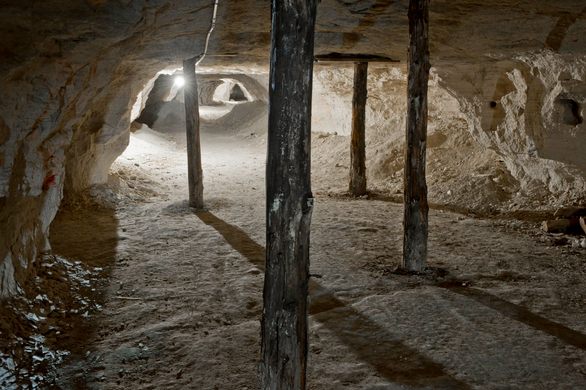
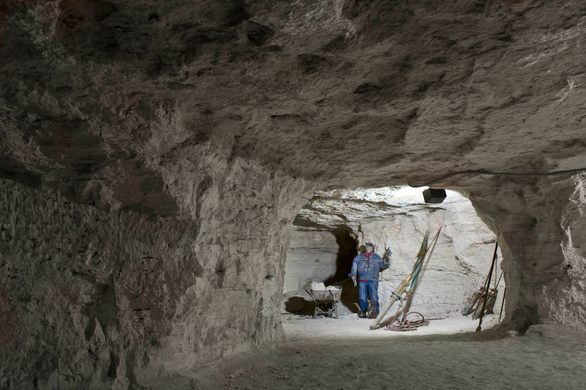





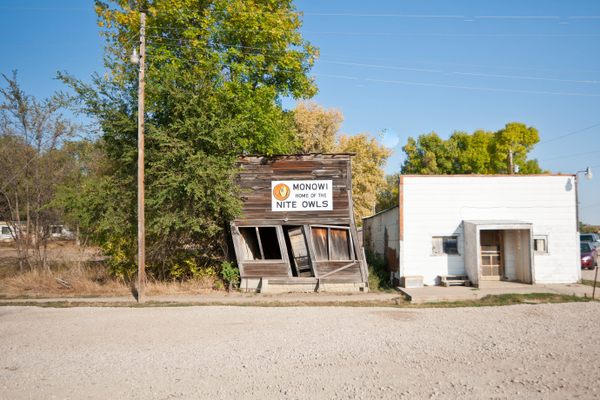
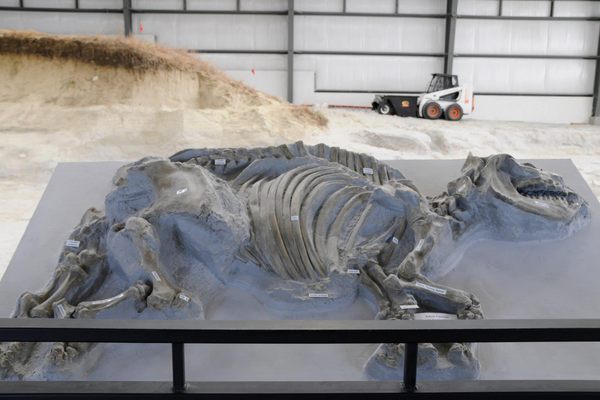
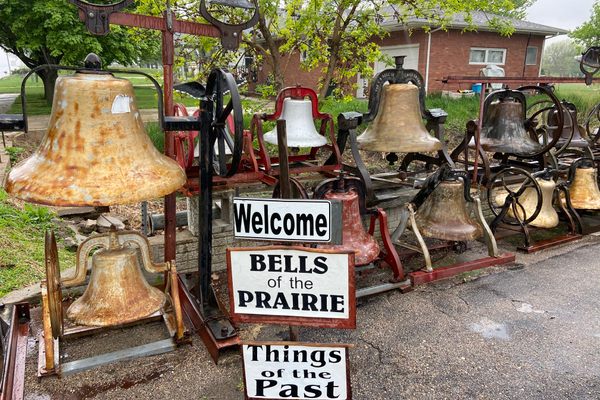

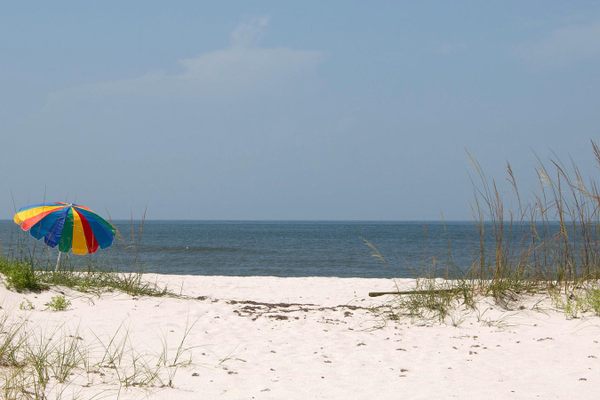



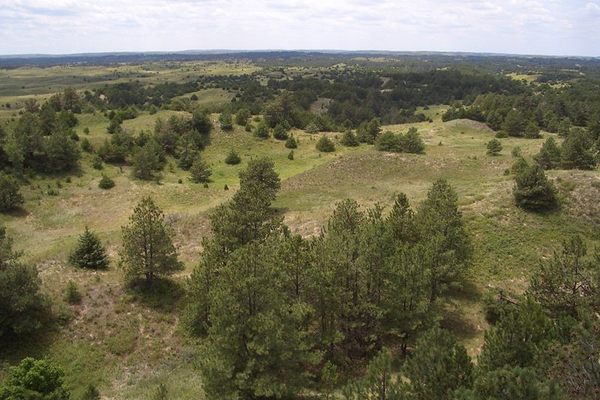

Follow us on Twitter to get the latest on the world's hidden wonders.
Like us on Facebook to get the latest on the world's hidden wonders.
Follow us on Twitter Like us on Facebook